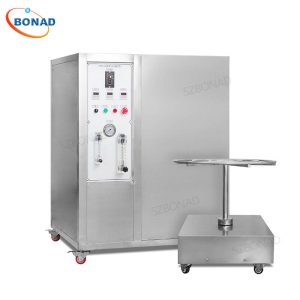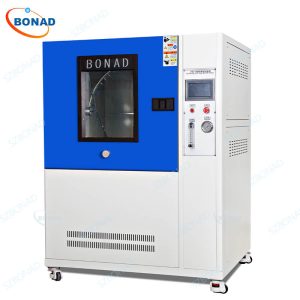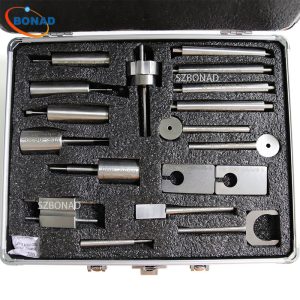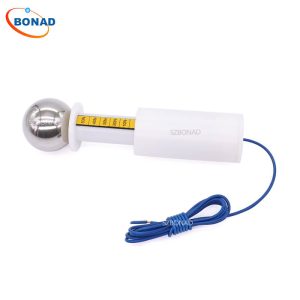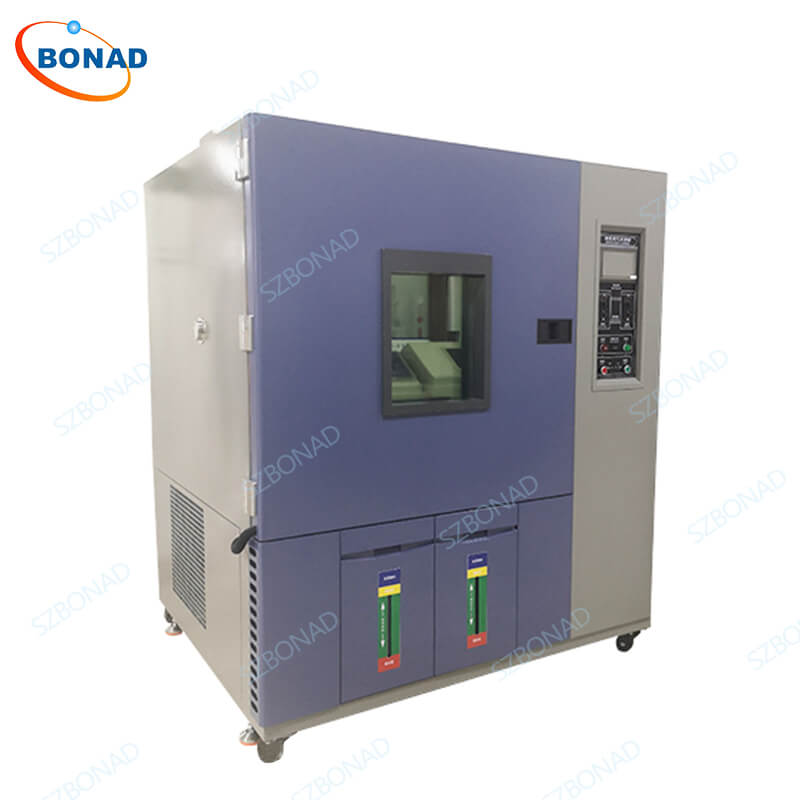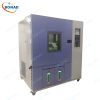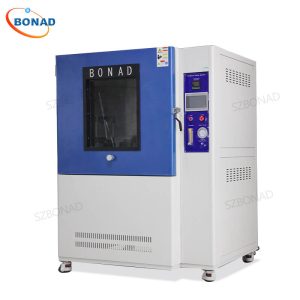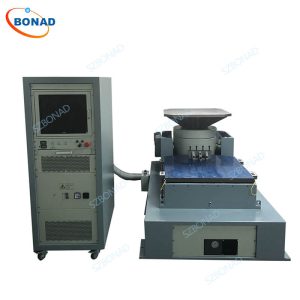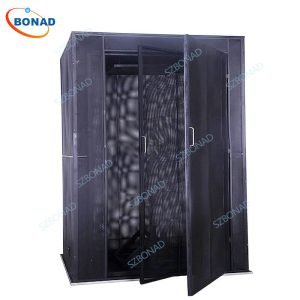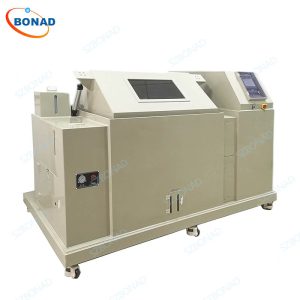Ozone Aging Test Chamber – BONAD High Quality Ozone Chamber
Standards:
Our chamber adheres to multiple international standards ensuring accurate and reliable testing:
- ISO 1431-1:2024 (GB/T 13642-2015) “Rubber, vulcanized or thermoplastic – Resistance to ozone crackingPart 1: Static and dynamic strain testing”.
- ISO 1431-3:2017 “Rubber, vulcanized or thermoplastic – Resistance to ozone crackingPart 3: Reference and alternative methods for determining the ozone concentration in laboratory test chambers”.
- GB/T 7762-2014 “Rubber, vulcanized or thermoplastic – Resistance to ozone cracking – Static strain testing”.
- ASTM 1149 Standard “Test Methods for Rubber Deterioration – Cracking in an Ozone Controlled Environment”.
- ASTM D3041-79 “Method of Testing Coated Fabrics-Ozone Cracking in a Chamber”.
- ASTM D1171-18 “Standard Test Method for Rubber Deterioration—Surface Ozone Cracking Outdoors”.
- IEC 60811-2-1 Common test methods for insulating and sheathing materials of electric and optical cables part 21: methods specific to elastomeric compounds-ozone.
Applications:
The ozone aging test chamber can be used for rubber products such as vulcanized rubber, thermoplastic rubber, cable insulation sheath and other products. Under dynamic tensile deformation, the ozone aging test chamber is exposed to a closed, lightless test chamber with constant ozone concentration and constant temperature. The samples are tested at a predetermined time to evaluate the ozone aging resistance of the rubber from the cracks on the surface of the samples or the degree of change in other properties.
3 Test Patterns: Static Test & Continuous Dynamic Test & Intermittent Dynamic Test
Static Test
- After the test sample is stretched by 20% or according to the specified ratio, then put into the ozone test chamber, the test sample is exposed to an atmosphere filled with ozone gas at the prescribed concentration for the specified time. When the time is reached, a magnifying glass is used to observe whether the test piece is cracked.
Continuous Dynamic Test
- A. The test sample fixed on the rack is circularly stretched between zero and 10%, and the stretch frequency is 0.5 Hz, lasting for 72 hours. The operator checks whether the test sample is cracked.
- B. The test sample mounted on the rack is circularly stretched between one or more specified stretch ratios. The stretching frequency is 0.5 Hz. The specimen’s surface is checked for cracks at specific intervals.
Intermittent Dynamic Test
- The specimen is stretched circularly at a frequency of 0.5 Hz from zero to the maximum tension within a specified time. The test sample is kept at the maximum elongation and exposed to the same ozone environment. If necessary, repeatedly and alternately conducting the dynamic and static tests are available.
Features:
- Constructed with ozone-resistant stainless steel for durability.
- Equipped with an observation window and internal lighting for easy monitoring.
- Silent discharge tube ozone generator for high-concentration ozone production.
- Precision BONAD ozone sensor for accurate concentration measurement.
- Adjustable ozone concentration settings via controller.
- Real-time monitoring of temperature, humidity, and ozone levels.
- Dynamic reciprocating tensile fixture with adjustable speeds.
- Supports both static and dynamic strain testing.
- User-friendly control panel design.
- Emergency fault alarm system for safety.
- Mobile casters for easy movement and stability.
- Customizable options available based on specific test requirements.
Technical parameters:
| Specification | Details |
|---|---|
| Internal Dimensions (mm) | 1000 * 1000 * 1000 |
| Temperature Range | 9℃ – 60℃ |
| Temperature Fluctuation | +0.5℃ |
| Temperature Uniformity | ≤2°C |
| Temperature Deviation | +2°C |
| Ozone Concentration | 50 ~ 1000 pphm (customizable for high or low concentrations) |
| Ozone Concentration Deviation Range | ±10% pphm |
| Ozone Concentration Detection Sensor | High-performance electrochemical ozone sensor with good anti-interference capability, lifespan up to 3 years |
| Ozone Air Flow Rate | 12 ~ 16 mm/s |
| Air Exchange Flow Rate | 20 L ~ 70 L/min |
| Inner Box Material | Stainless Steel SUS304 |
| Power Supply Voltage | AC380V +10% 50Hz |
| Power | 5.5 kW |
| Operating Environment | 5℃ ~ +28℃ ≤85% RH |

